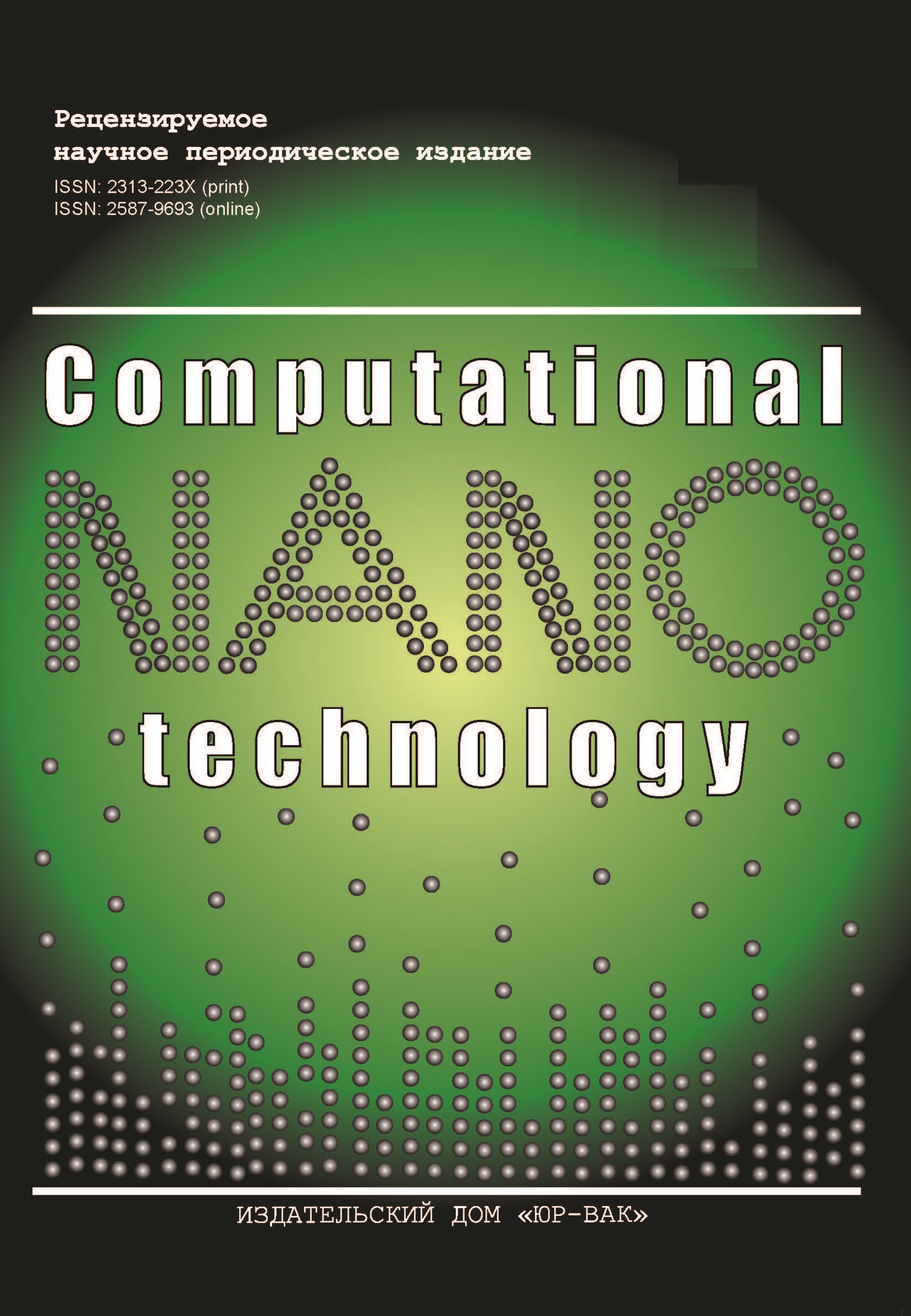Technology for creating a domain knowledge base of question-answering system based on a large-scale universal knowledge base
- Authors: Titov N.A.1, Makrushin S.V.1
-
Affiliations:
- Financial University under the Government of the Russian Federation
- Issue: Vol 9, No 1 (2022)
- Pages: 115-124
- Section: Articles
- URL: https://journals.eco-vector.com/2313-223X/article/view/529874
- DOI: https://doi.org/10.33693/2313-223X-2022-9-1-115-124
- ID: 529874
Cite item
Abstract
Usage of question-answering systems has become a popular way to access knowledge bases that contain a large number of facts from different domains. Large-scale universal knowledge bases with open access, such as Wikidata, contain huge collections of facts. Although those bases cover the most significant part of the accumulated humankind knowledge, there are a number of reasons why their direct usage in question-answering systems can be less preferable than the creation of specialized domain knowledge bases based on them. This paper presents a technology for building a domain knowledge base for a dialogue system based on domain boundaries detection from an open large-scale universal knowledge base. It is based on a multi-step process of analyzing a large number of free-form questions on a given subject area that were collected using a crowdsourcing platform. The technology includes the correction of the original knowledge base ontological structure and its filling with additional content. The proposed technology is invariant to the original knowledge base and the modeling subject area. We tested it on the Wikidata knowledge base and six subject areas.
Keywords
Full Text
About the authors
Nikita A. Titov
Financial University under the Government of the Russian Federation
Email: natitov@fa.ru
engineer Moscow, Russian Federation
Sergey V. Makrushin
Financial University under the Government of the Russian Federation
Email: svmakrushin@fa.ru
Cand. Sci. (Econ.); associate professor Moscow, Russian Federation
References
- Abu-Naser S.S., ALmurshidi H.S. A knowledge based system for neck pain diagnosis. World Wide Journal of Multidisciplinary Research and Development. 2016. Vol. 2. No. 4. Pp. 12-18.
- Ahmeti A. et al. Updating Wikipedia via DBpedia mappings and SPARQL. Proceedings of the 14th International European Semantic Web Conference. 2017. Pp. 485-501. doi: 10.1007/978-3-319-58068-5_30.
- Dong C., Zhao C. SDPedia from DBpedia to domain-micropedia.International Journal of Web Information Systems. 2018. Vol. 14. No. 2. Pp. 138-157. doi: 10.1108/IJWIS-05-2017-0040.
- Faraj G., Micsik A. Enriching Wikidata with cultural heritage data from the COURAGE project. Metadata and Semantic Research. 2019. Pp. 407-418. doi: 10.1007/978-3-030-36599-8_37.
- Font L., Zouaq A., Gagnon M. Assessing and improving domain knowledge representation in DBpedia. Open J. Semantic Web. 2017. No. 4. Pp. 1-19.
- Font L., Zouaq A., Gagnon M. Assessing the quality of domain concepts descriptions in DBpedia. Proceedings of the 11th International Conference on Signal-Image Technology & Internet-Based Systems (SITIS). 2015. Pp. 254-261. doi: 10.1109/SITIS.2015.104.
- Henselmann D., Harth A. Constructing demand-driven Wikidata Subsets. Proceedings of the 2nd Wikidata Workshop Co-located with the 20th International Semantic Web Conference. 2021.
- Lehmann J. et al.: DBpedia - a large-scale, multilingual knowledge base extracted from Wikipedia. Semantic Web Journal. 2013. Vol. 6. No. 2. doi: 10.3233/SW-140134.
- Lenat D.B. CYC a large-scale investment in knowledge infrastructure.Communications of the ACM. 1995. Vol. 38. No. 11. Pp. 33-38. doi: 10.1145/219717.219745.
- Levenshtein V. Binary codes capable of correcting deletions, insertions, and reversals. Soviet Physics Doklady. 1966. Vol. 10. No. 8. Pp. 707-710.
- Paulheim H. Knowledge graph refinement a survey of approaches and evaluation methods. Semantic Web. 2016. Vol. 8. No. 3. Pp. 489-508. doi: 10.3233/SW-160218.
- Paulheim H., Ponzetto S.P. Extending DBpedia with Wikipedia list pages. Proceedings of the 2013th International Conference on NLP & DBpedia. 2013. No. 1064. Pp. 85-90.
- seatgeek/fuzzywuzzy [Electronic resource]. URL: https://github.com/seatgeek/fuzzywuzzy (access date: 27.01.2022).
- Shenoy K. et al. A study of the quality of Wikidata. arXiv. 2021.
- Shi L., Mihalcea R. Putting pieces together combining FrameNet, VerbNet and WordNet for robust semantic parsing. Lecture Notes in Computer Science. 2005. No. 3406. Pp. 100-111. doi: 10.1007/978-3-540-30586-6_9.
- Suchanek F.M., Kasneci G., Weikum G. YAGO a core of semantic knowledge unifying WordNet and Wikipedia. Proceedings of the 16th International Conference on World Wide Web. 2007. Pp. 697-706. doi: 10.1145/1242572.1242667.
- Thornton K. et al. Modeling the domain of digital preservation in Wikidata. Proceedings of ACM International Conference on Digital Preservation. 2017.
- Toloka [Electronic resource]. URL: https://toloka.yandex.ru/(access date: 12.02.2022).
- Valle E.D., Ceri S. Querying the semantic Web SPARQL. In: Handbook of semantic Web Technologies. J. Domingue, D. Fensel, J.A. Hendler (eds). 2011. doi: 10.1007/978-3-540-92913-0_8.
- Vrandečić D., Krötzsch M. Wikidata a free collaborative knowledge base.Communications of the ACM 57. 2014. No. 10. Pp. 78-85. doi: 10.1145/2629489.
- Zaveri A. et al. Quality assessment for Linked Data: A survey. Semantic Web. 2016. No. 7. Pp. 63-93. doi: 10.3233/SW-150175.
- Zaveri A. et al. User-driven quality evaluation of DBpedia. Proceedings of the 9th International Conference on Semantic Systems. 2013. Pp. 97-104. doi: 10.1145/2506182.2506195.
Supplementary files









